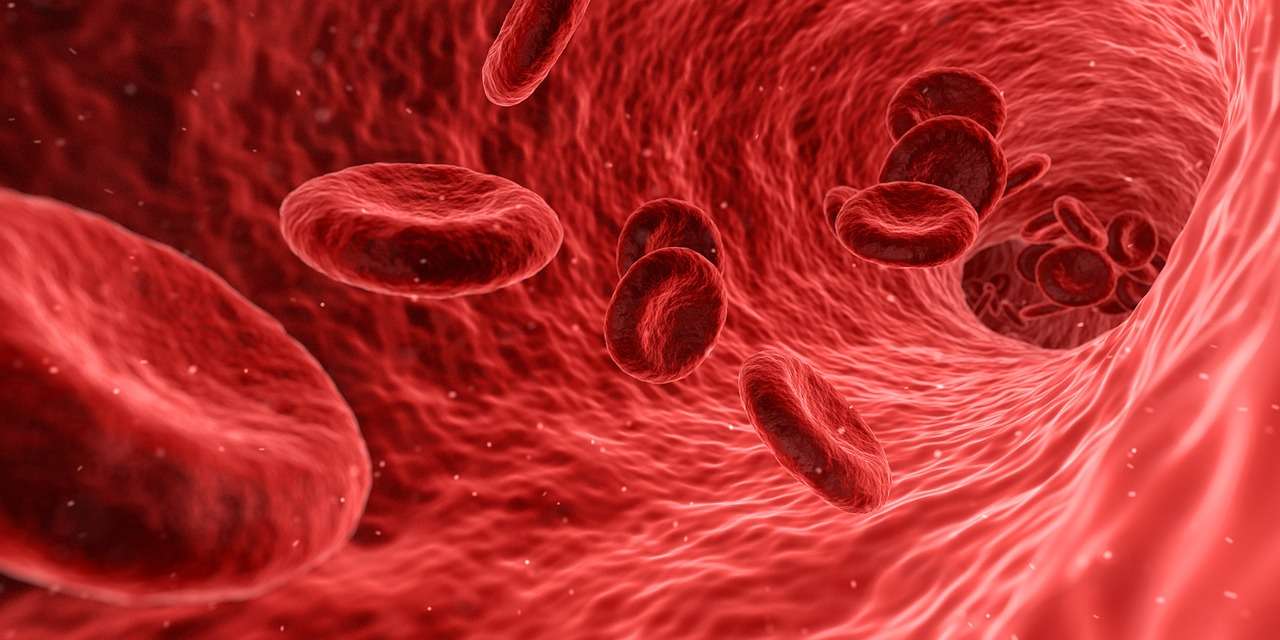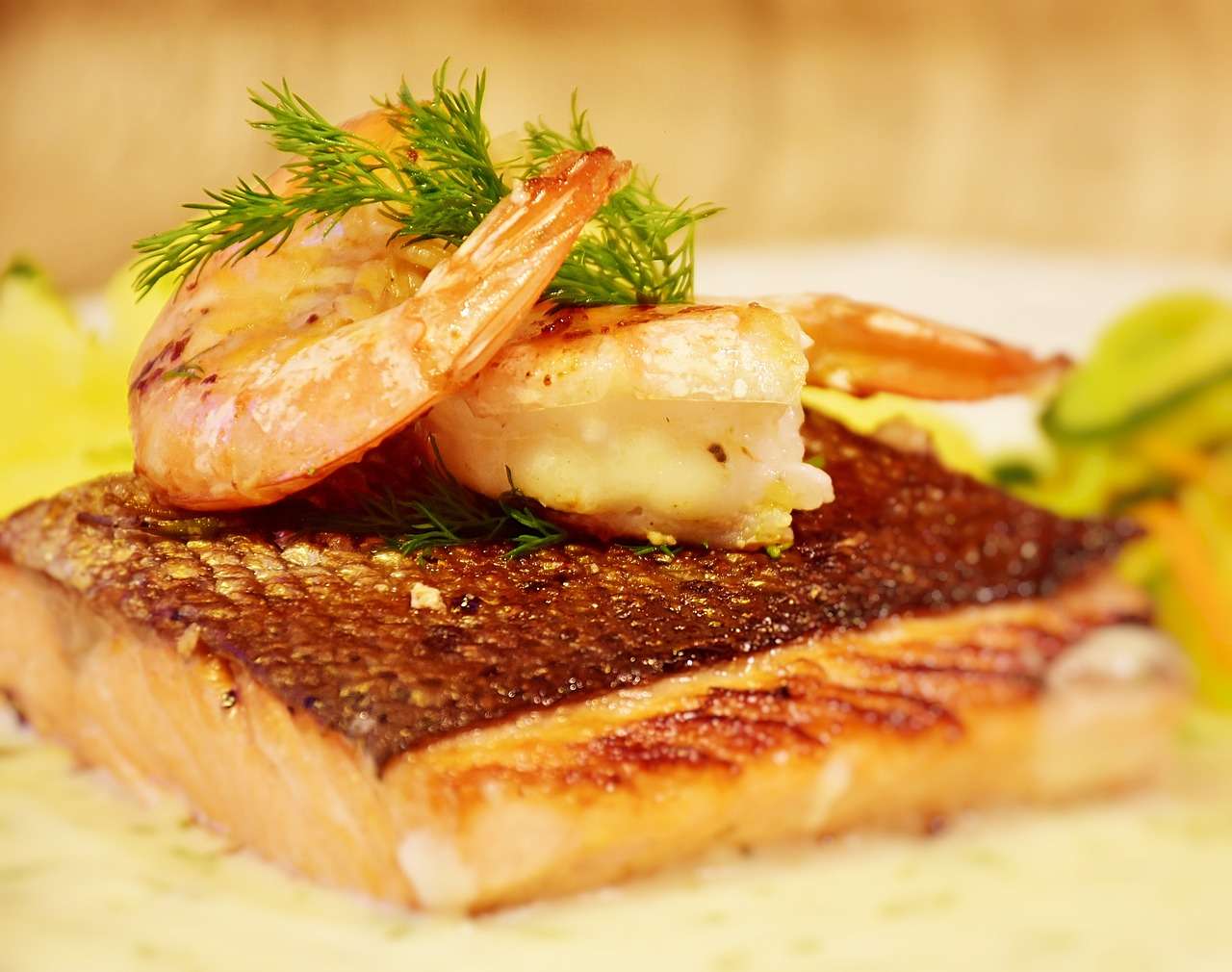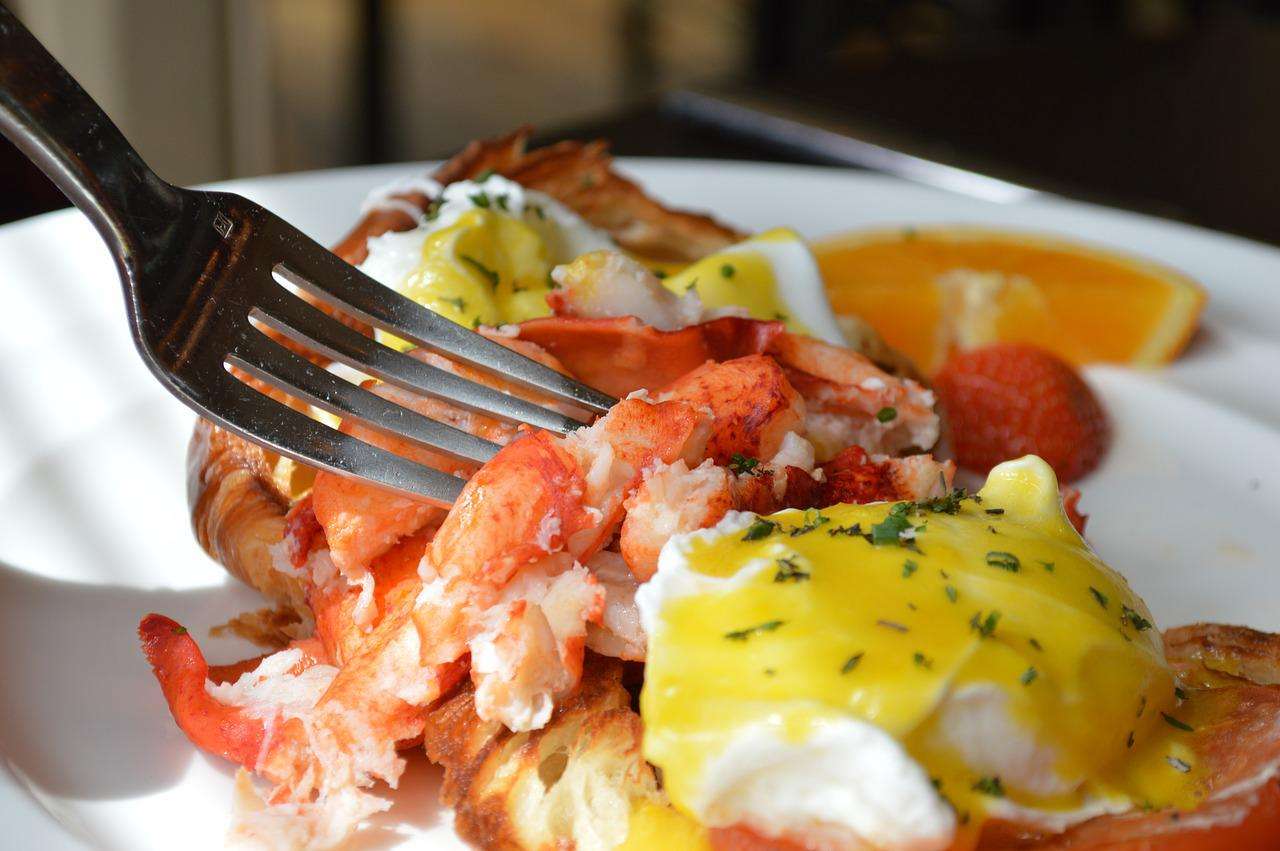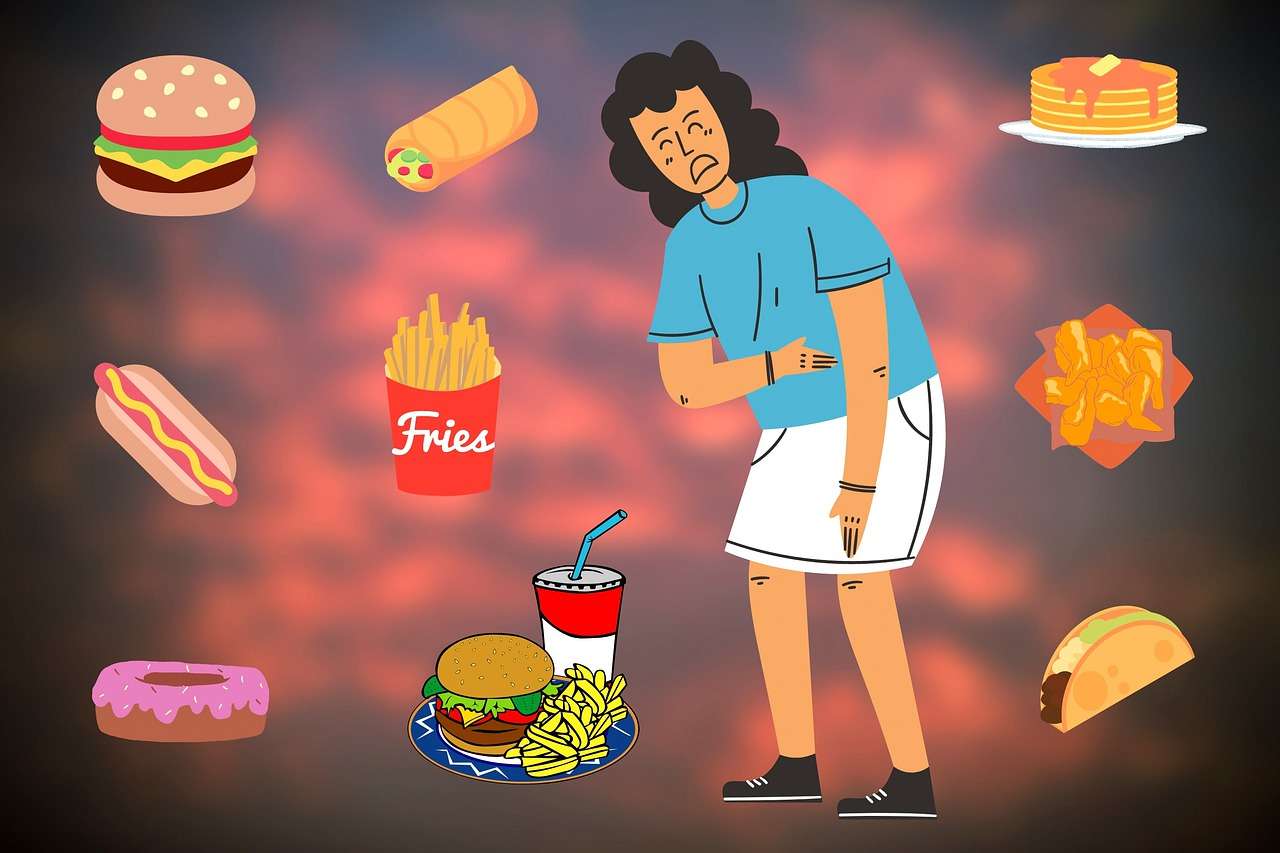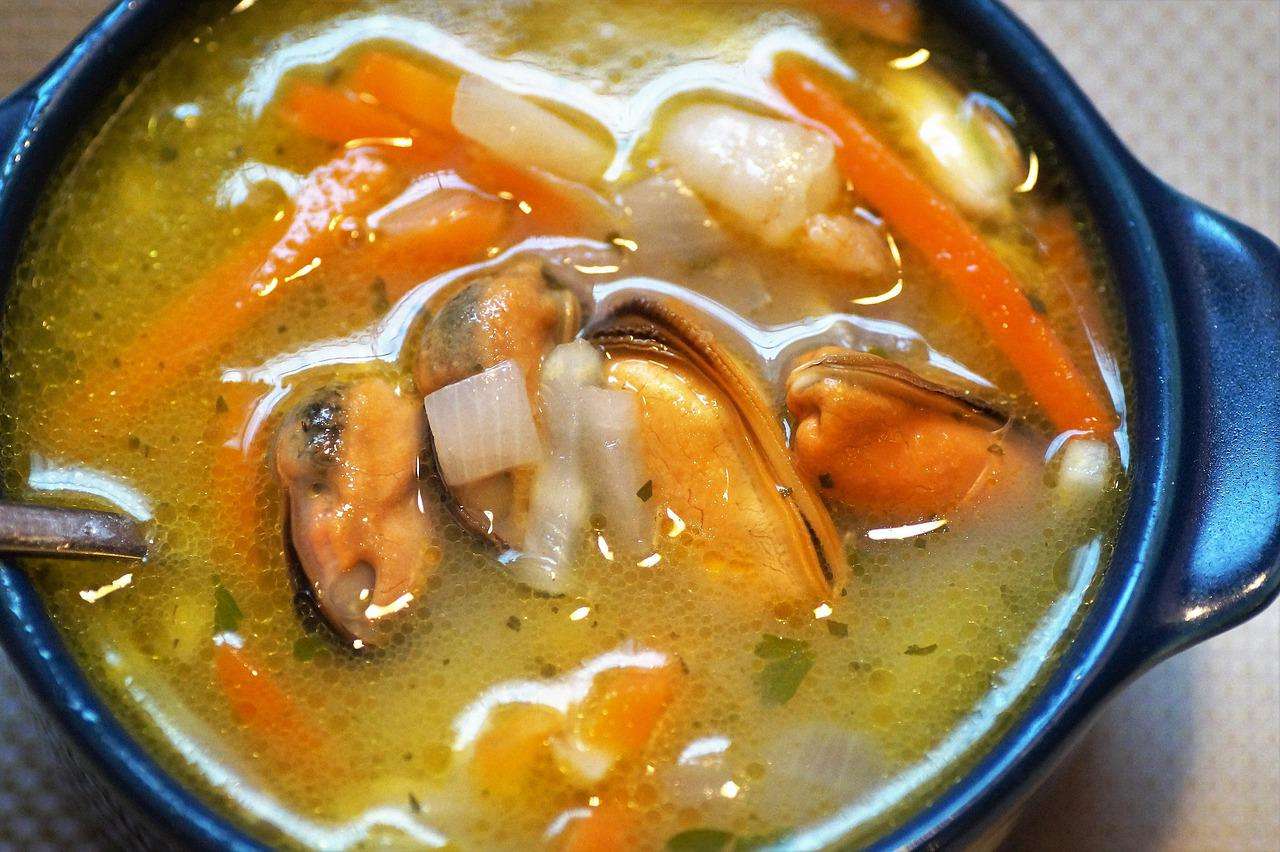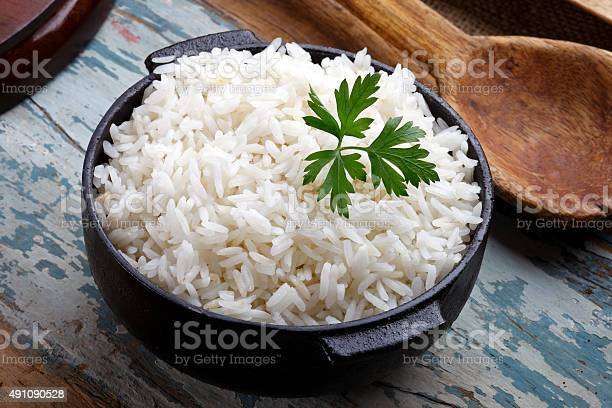Dr. Richardson, in his lectures on alcohol, given both in England and America, speaking of the action of this substance on the blood after passing from the stomach, says:
“Suppose, then, a certain measure of alcohol be taken into the stomach, it will be absorbed there, but, previous to absorption, it will have to undergo a proper degree of dilution with water, for there is this peculiarity respecting alcohol when it is separated by an animal membrane from a watery fluid like the blood, that it will not pass through the membrane until it has become charged, to a given point of dilution, with water. It is itself, in fact, so greedy for water, it will pick it up from watery textures, and deprive them of it until, by its saturation, its power of reception is exhausted , after which it will diffuse into the current of circulating fluid.”
It is this power of absorbing water from every texture with which alcoholic spirits comes in contact, that creates the burning thirst of those who freely indulge in its use. Its effect, when it reaches the circulation, is thus described by Dr. Richardson:
“As it passes through the circulation of the lungs it is exposed to the air, and some little of it, raised into vapor by the natural heat, is thrown off in expiration. If the quantity of it be large, this loss may be considerable, and the odor of the spirit may be detected in the expired breath. If the quantity be small, the loss will be comparatively little, as the spirit will be held in solution by the water in the blood. After it has passed through the lungs, and has been driven by the left heart over the arterial circuit, it passes into what is called the minute circulation, or the structural circulation of the organism. The arteries here extend into very small vessels, which are called arterioles, and from these infinitely small vessels spring the equally minute radicals or roots of the veins, which are ultimately to become the great rivers bearing the blood back to the heart. In its passage through this minute circulation the alcohol finds its way to every organ. To this brain, to these muscles, to these secreting or excreting organs, nay, even into this bony structure itself, it moves with the blood. In some of these parts which are not excreting, it remains for a time diffused, and in those parts where there is a large percentage of water, it remains longer than in other parts. From some organs which have an open tube for conveying fluids away, as the liver and kidneys, it is thrown out or eliminated, and in this way a portion of it is ultimately removed from the body. The rest passing round and round with the circulation, is probably decomposed and carried off in new forms of matter.
“When we know the course which the alcohol takes in its passage through the body, from the period of its absorption to that of its elimination, we are the better able to judge what physical changes it induces in the different organs and structures with which it comes in contact. It first reaches the blood; but, as a rule, the quantity of it that enters is insufficient to produce any material effect on that fluid. If, however, the dose taken be poisonous or semi-poisonous, then even the blood, rich as it is in water and it contains seven hundred and ninety parts in a thousand is affected. The alcohol is diffused through this water, and there it comes in contact with the other constituent parts, with the fibrine, that plastic substance which, when blood is drawn, clots and coagulates, and which is present in the proportion of from two to three parts in a thousand; with the albumen which exists in the proportion of seventy parts; with the salts which yield about ten parts; with the fatty matters; and lastly, with those minute, round bodies which float in myriads in the blood (which were discovered by the Dutch philosopher, Leuwenhock, as one of the first results of microscopical observation, about the middle of the seventeenth century), and which are called the blood globules or corpuscles. These last-named bodies are, in fact, cells; their discs, when natural, have a smooth outline, they are depressed in the centre, and they are red in color; the color of the blood being derived from them. We have discovered that there exist other corpuscles or cells in the blood in much smaller quantity, which are called white cells, and these different cells float in the blood-stream within the vessels. The red take the centre of the stream; the white lie externally near the sides of the vessels, moving less quickly. Our business is mainly with the red corpuscles. They perform the most important functions in the economy; they absorb, in great part, the oxygen which we inhale in breathing, and carry it to the extreme tissues of the body; they absorb, in great part, the carbonic acid gas which is produced in the combustion of the body in the extreme tissues, and bring that gas back to the lungs to be exchanged for oxygen there; in short, they are the vital instruments of the circulation.
“With all these parts of the blood, with the water, fibrine, albumen, salts, fatty matter and corpuscles, the alcohol comes in contact when it enters the blood, and, if it be in sufficient quantity, it produces disturbing action. I have watched this disturbance very carefully on the blood corpuscles; for, in some animals we can see these floating along during life, and we can also observe them from men who are under the effects of alcohol, by removing a speck of blood, and examining it with the microscope. The action of the alcohol, when it is observable, is varied. It may cause the corpuscles to run too closely together, and to adhere in rolls; it may modify their outline, making the clear-defined, smooth, outer edge irregular or crenate, or even starlike; it may change the round corpuscle into the oval form, or, in very extreme cases, it may produce what I may call a truncated form of corpuscles, in which the change is so great that if we did not trace it through all its stages, we should be puzzled to know whether the object looked at were indeed a blood-cell. All these changes are due to the action of the spirit upon the water contained in the corpuscles; upon the capacity of the spirit to extract water from them. During every stage of modification of corpuscles thus described, their function to absorb and fix gases is impaired, and when the aggregation of the cells, in masses, is great, other difficulties arise, for the cells, united together, pass less easily than they should through the minute vessels of the lungs and of the general circulation, and impede the current, by which local injury is produced.
“A further action upon the blood, instituted by alcohol in excess, is upon the fibrine or the plastic colloidal matter. On this the spirit may act in two different ways, according to the degree in which it affects the water that holds the fibrine in solution. It may fix the water with the fibrine, and thus destroy the power of coagulation; or it may extract the water so determinately as to produce coagulation.”
